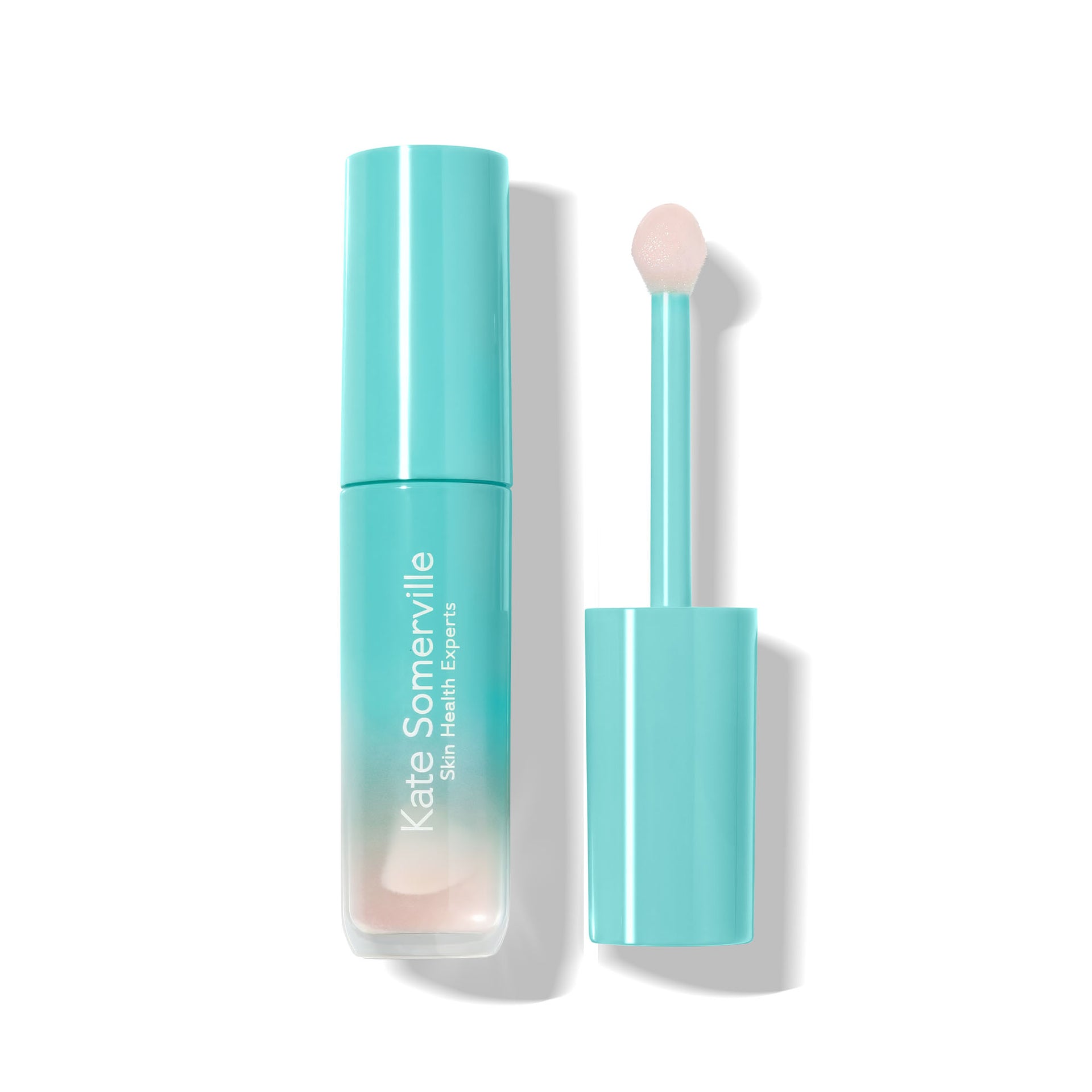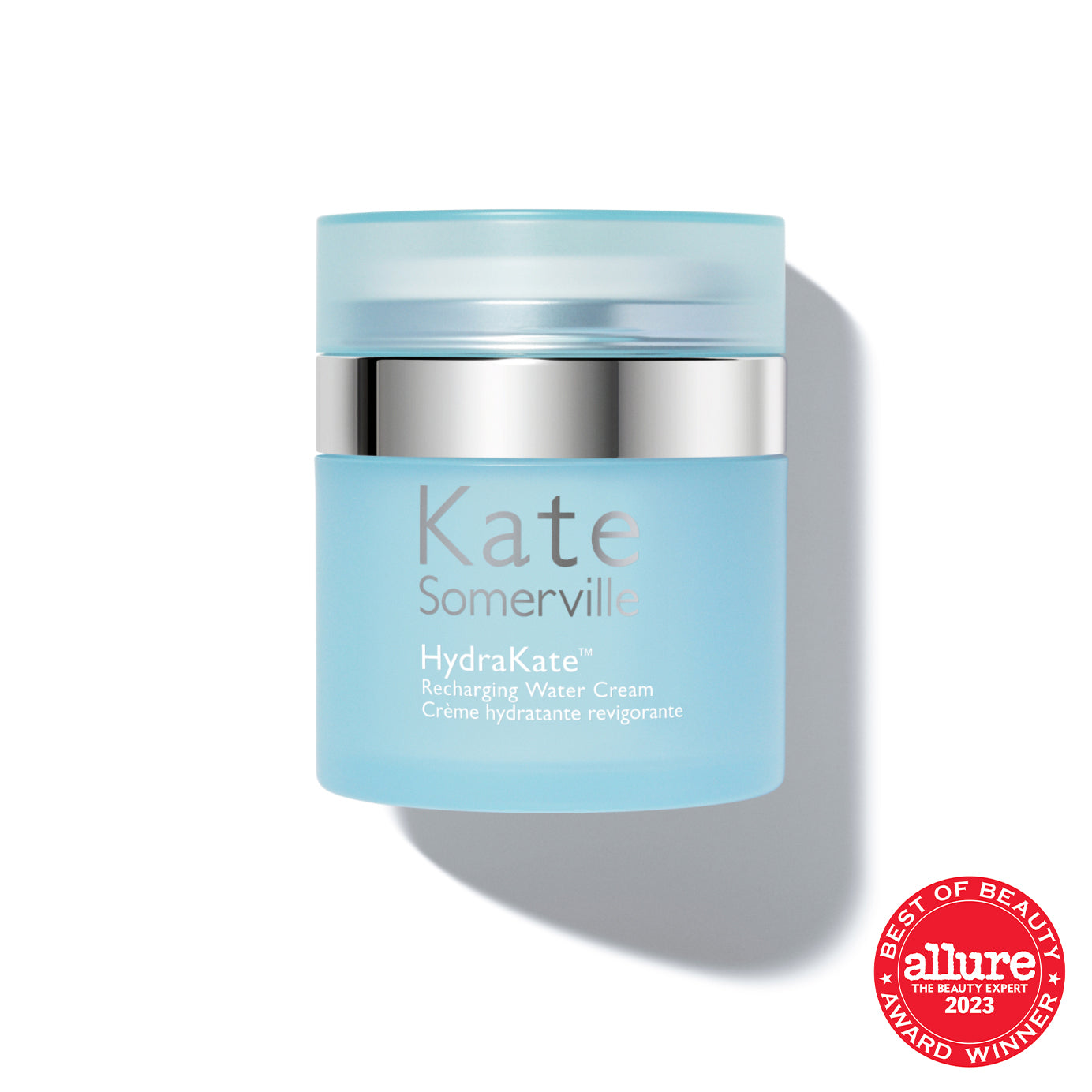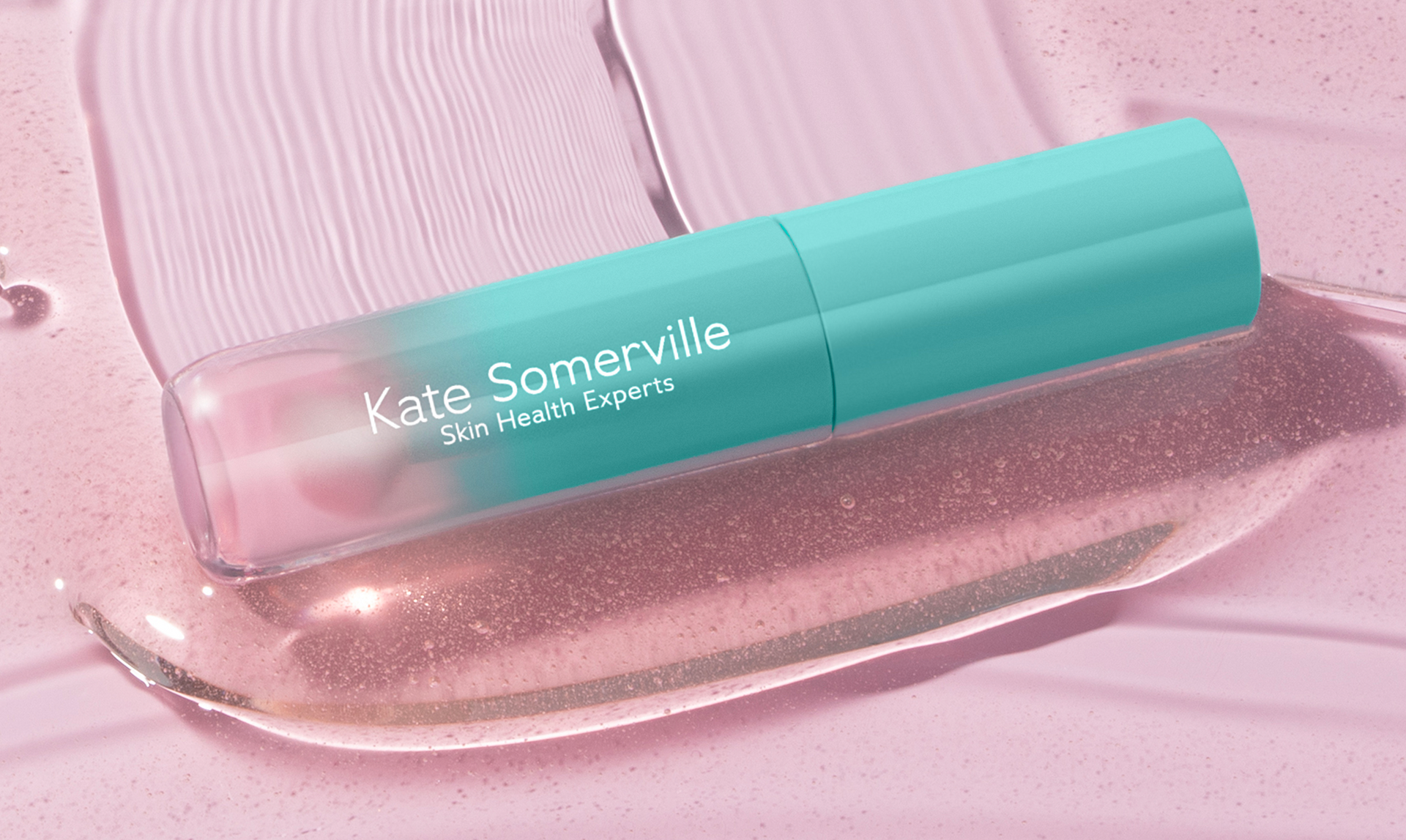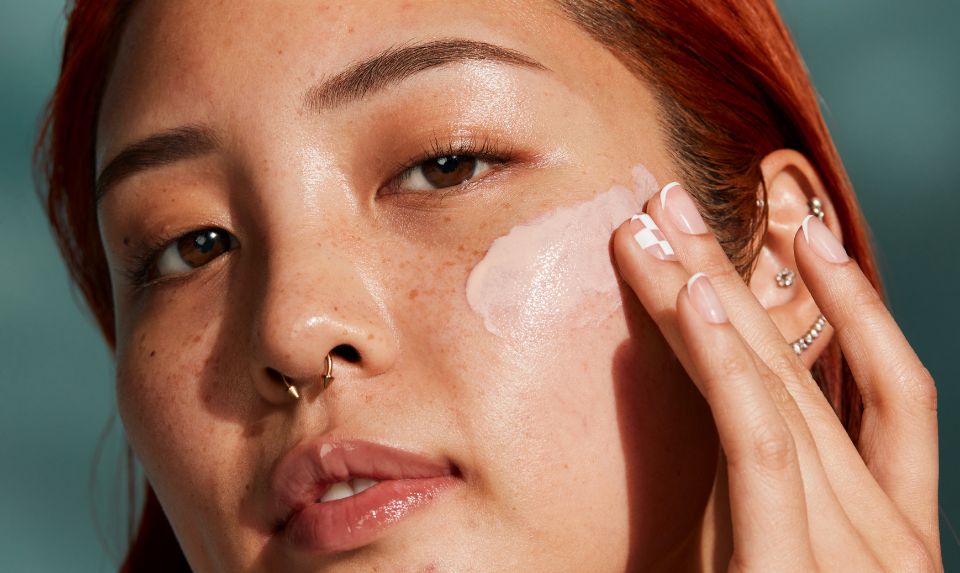At our Skin Health Experts Clinic in Los Angeles, we’re often asked about the differences between a dermatologist and an esthetician. Many believe the terms are interchangeable, but they’re not. While both are trained professionals, the licensure and oversight are different. If you’re looking for expert guidance or treatment when it comes to your skincare it’s essential to understand the difference between these two professions as well as when to see a dermatologist or esthetician.
Dermatologist vs Esthetician
Dermatology and estheticians are similar in nature but the requirements of an individual practicing each skin profession are unique.
What is a Dermatologist?
Most notably, a dermatologist is a medical doctor who is permitted to prescribe medication and perform invasive treatments. According to the American Board of Dermatology, a dermatologist is a physician trained to evaluate and treat disorders of the skin, hair, nails, and nearby mucous membranes [1]. Specifically, the board notes that a dermatologist must have experience with the following [2]:
- Diagnosis and treatment of skin cancers, melanomas, moles, and other tumors of the skin
- Management of inflammatory skin disorders
- Recognition of skin manifestations of infectious diseases
- Interpretation of skin biopsies
- Dermatological surgical techniques
A dermatologist may also help manage cosmetic disorders of the skin such as acne scars, hair loss, and other changes associated with aging. Within the field of dermatology, a professional can become even more specialized. For example, a dermatopathologist is expertly trained in the diagnosis of microscopic infectious diseases while a pediatric dermatologist has additional training in handling skin diseases which occur more commonly in children including birthmarks, genetic diseases, pediatric infections, and complex skin diseases requiring coordinated multispecialty care.
Furthermore, a dermatologist must take and pass a board certification exam in order to perform the procedures of which they are capable. This is the same type of exam and licensure your primary care physician has to complete. The requirements vary by state but federal law mandates that a dermatological physician must pass and obtain approved licensure prior to practicing their specialty.
What Can a Dermatologist Do?
So, after all that schooling and testing, what can a dermatologist actually do? Simply put, they are capable of performing medical and invasive procedures. Laser treatments, chemical peels, injections, and prescription medications are all within the realm of procedures and treatments a dermatologist can perform. There are over 3,000 different conditions a dermatologist is trained to treat, including:
- Vitiligo - A loss of melanin, the pigment which gives skin its coloring, which leads to patches of lighter skin.
- Acne - A condition which affects the oil glands of the skin, acne has a range of causes that lead to many different kinds of pimples and infections of the skin’s pores. If severe enough, acne may result in depression, low self-esteem, and scarring on the skin.
- Dermatitis - Inflammation of the skin, dermatitis typically results in swelling with an itchy rash. It can take different forms, including contact dermatitis, seborrheic dermatitis, and atopic dermatitis, also known as eczema, with each affecting the skin differently.
- Psoriasis - Having a similar appearance to eczema and dermatitis, psoriasis is a chronic, autoimmune skin disorder which increases the growth of skin cells. This type of rapid growth of the cells leads to thick, red skin and silvery scales.
- Rosacea - Causing redness in the face, similar to blushing, rosacea can result in small, pus-filled bumps and lead to visible blood vessels or swollen eyelids. The condition can spread from the nose and cheeks to the forehead, chin, ears, chest, and back. It is most commonly seen in middle-aged, fair-skinned women.
- Skin Cancer - The most common forms of skin cancer are basal cell carcinoma (BCC), melanoma, and squamous cell carcinoma (SCC) and early treatment can be crucial in treating all of them. That is why all dermatologists are trained to recognize the signs and symptoms of the condition.
- Warts - Appearing when a virus infects the top layer of skin, warts are contagious, benign skin growths and could indicate an underlying issue with immunity. Though they often resolve without treatment, a dermatologist can use a variety of methods to remove persistent warts.
- Fungal Infections - Fungal infections are unfortunately common but usually mild and can infect the skin, nails, and hair. However, they can cause more serious symptoms for people with reduced immunity.
- Hair Disorders - Many people experience hair loss at some point in their lifetime, but if it is not an isolated issue, the loss could be the result of an underlying condition such as alopecia.
- Nail Problems - When it comes to nails, complaints often consist of fungal infections and ingrown toenails, they could be indicative of other underlying conditions that would need more extensive treatment.
As you can see, a dermatologist is extensively trained and requires a great deal of clinical knowledge in order to perform their duties. The wheelhouse of a dermatologist expands beyond simply the world of skin care. But, as you will see, an esthetician is capable of addressing many of these conditions as well, with some limitations. The difference lies in the treatments and procedures that each professional is authorized to perform. Specifically, dermatologists can treat these conditions with medication and non-invasive therapy, but some require surgical intervention or more invasive treatment such as:
- Biopsies - A skin biopsy is primarily a diagnostic tool for dermatologists and can be performed in a number of ways. A shave biopsy removes small sections from the top layer of skin while a punch biopsy removes a small circular section of skin including deeper layers, and finally, an excision biopsy removes entire areas of abnormal-looking skin [3].
- Chemical Peels - This is when a chemical solution is applied to the skin causing a layer of the skin to peel off, revealing a layer of regenerated skin underneath that is typically smoother. Dermatologists may use this procedure to treat sun-damaged skin and some types of acne, but it can also address more cosmetic complaints, such as age spots and fine lines.
- Injections - Cosmetic injections such as dermal fillers and Botox® can help address wrinkles, scarring and a loss of facial volume but these injections are considered a medical procedure and should only be done by a licensed dermatologist. The results of the treatments may last up to a year depending on the substance injected but will need to be repeated periodically.
- Laser Surgery/Treatment - Using a special light beam, dermatologists can treat a variety of skin complaints including tumors, warts, moles, birthmarks, scars, wrinkles, and unwanted hair or tattoos.
What is an Esthetician?
Esthetics is rooted in philosophy and in its most definitive form, is concerned with the appreciation of beauty. More technically, it refers to the application of various techniques to the skin in an effort to improve the appearance or condition of it. The practice of esthetics covers an array of procedures including, but not limited to, steaming, waxing, extracting, and other methods of pore cleansing. While estheticians are required to be licensed in every state, except Connecticut, their training is less involved than and not as medically involved as that of a dermatologist. The procedures an esthetician performs cannot be medical or surgical in nature, although estheticians are well trained in skin wellness aiming to maintain health and vitality.
What Can an Esthetician Do?
The services an esthetician is licensed to perform vary greatly and can be quite effective in treating a variety of skin conditions or concerns. Typically operating out of a spa or skin clinic, as opposed to a medical practice like dermatologists do, the work of an esthetician involves the use of creams, lotions, masks, and serums created with antioxidants and essential oils to provide the client with a relaxing and rejuvenating experience. They may also use mechanical tools or equipment such as microdermabrasion machines, brushing machines (which contribute to the benefits of exfoliating), electric pulverizers, atomizers, and galvanic currents to achieve the effect they desire. Specific services can include:
- Microdermabrasion
- Exfoliating Peels (that do not exceed 30% of active ingredient)
- LED Light Therapy
- Thermage
- Waxing or Threading
- Facials
- Extractions (manual or mechanical)
- Body and Facial Scrubs
- Aromatherapy
- Moisturizing Treatments
Choosing a Professional
You'll want to see a dermatologist for concerns that are more medical or severe in nature. For example, if you have a rash that is spreading, if you have severe acne that has not shown improvement after several months of over-the-counter treatments, if you have a skin infection or skin cancer, and if would like to pursue cosmetic procedures such as Botox® injections or laser hair removal. You should also consider scheduling an annual appointment with a dermatologist for early detection and treatment of skin diseases. A dermatologist will be able to track any changes in birthmarks, moles, or lesions and address them as necessary. However, if you see these markings change between your appointments, you should schedule a visit with your dermatologist sooner rather than later as it could be an indicator of a problem.
As for an esthetician, you can see them more frequently as they can offer guidance in caring for the appearance of your skin and address any cosmetic concerns you may have. Your esthetician will be able to help you determine your skin type and develop a skin care regimen accordingly. They can also help you maintain your skin following treatment by a dermatologist.
Regardless of which professional you choose to see, you should always make sure they are licensed by the appropriate board or organization. A respectable dermatologist or esthetician will have their licensure prominently displayed in their place of business. If they do not, ask to see it. You will also want to evaluate their esthetician or dermatology practice or spa with a keen eye. A reputable spa or dermatology office will be clean and orderly, you should feel calm while you are there. If you feel distressed or notice a mess, listen to your intuition and seek out a different professional.
Diving into the world of skin care can be a lot to take on, but having a professional help guide you through your concerns can be a wonderful thing. Whether you choose to seek out a dermatologist or an esthetician they will be there to help answer your questions and address your concerns. You may even choose to see both professionals simultaneously! Think of them as your skin care team and share the advice you get from each with the other so they can remain informed about your current skin treatment plan. Ultimately, it is your skin and you can choose who to see and when. Hopefully, this guide has made that decision a little bit easier!
Sources:























